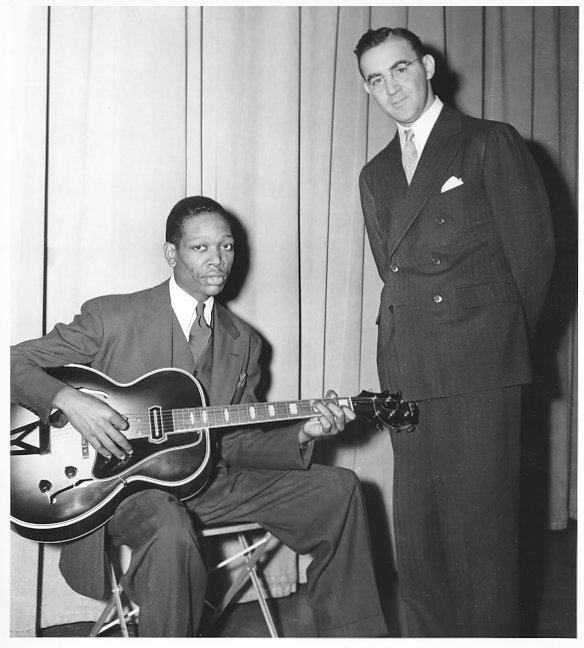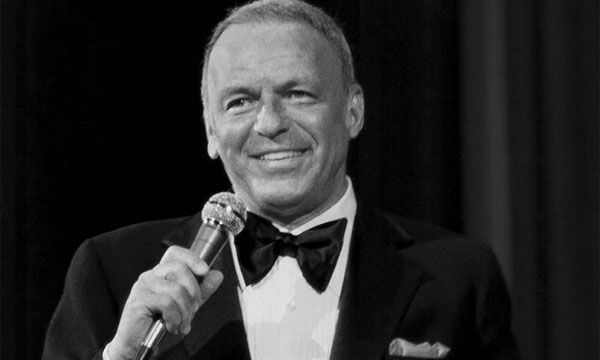Jazz and Swing Music in the 30s and 40s
23rd November 2019All across North America, jazz and swing music dominated the airwaves and the dancehalls during the 1930s and 40s. Though the former had enjoyed widespread popularity since the turn of the century, it gave birth to swing in the late 1920s and by the following decade, had been usurped by swing as the most popular form of music in the USA.
Though jazz and swing are intrinsically linked and share many common facets, swing differs quite noticeably from the former in its celebration of the weaker or off-beat pulse of the music. It was first popularised by musicians like trumpet player Louis Armstrong and pianist Earl Hines. Although it would see its heyday diminish by the mid-1940s, the style of dancing (swing dancing) which it inspired would live on and enjoy huge popularity until the present day.

The History of Swing
While New Orleans-style jazz music had traditionally relied on a slightly more regimented system of a two-beat meter and call-and-response improvisation from its soloists, the Chicago style pioneered during the 1920s relaxed the rules surrounding this improvisation and gifted its soloists greater freedom.
Louis Armstrong capitalised upon this freedom to accentuate the off-beat rhythms in 4/4 time, to draw attention to the music happening between beats as well as on them. This emphasis on the weaker pulse of the music is generally regarded as the defining feature of swing. Armstrong collaborated with pianist Earl Hines in the late 1920s to pursue this new form of music in a greater band environment.

Meanwhile, other artists like clarinet player Benny Goodman, and band-leaders such as Duke Ellington and Fletcher Henderson, were beginning to gain popularity on radio shows and live performances. By the mid-1930s, swing had gained a mainstream audience and was filling dancehalls all across the country. In these dancehalls, styles of dance like the jitterbug, the lindy hop and the shag would combine to create an exciting new craze in swing.
The Decline of Swing
Of course, as with almost any form of music, swing met with some resistance due to its high tempo, fast-and-loose improvisation and occasionally racy lyrics. Purists still favoured the New Orleans style of jazz and saw swing as an aberration, with it being sometimes viewed more as a form of frivolous entertainment than a serious art form in its own right.

Meanwhile, the rise of the star vocalist (such as Ella Fitzgerald, Frank Sinatra, Peggy Lee) meant that swing and its offshoots were becoming increasingly sidelined. A huge royalties dispute between composers and performers on one hand and broadcasters on the other also meant much swing music was taken off air for a whole year, contributing to its decline, while the financial strain of the war effort limited the ability of artists to play live gigs.
While swing did die away during the 1940s, it was to see a resurgence in the late 1950s and 60s and then again in the late 1990s and 2000s. Furthermore, it also contributed to the rise of a range of a number of other modern musical styles, such as bebop, R&B, jump blues and today’s pop music.
Interested in Jazz? Check out some of our other jazz history blogs.